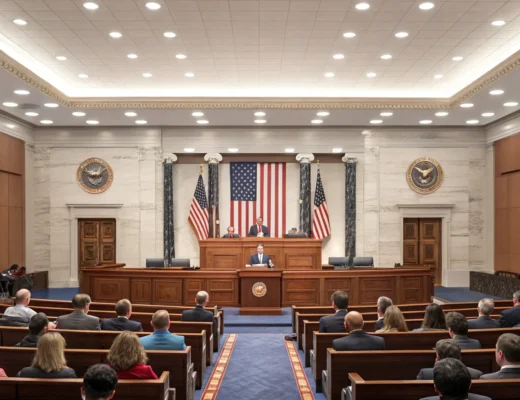
President Trump announced over the holiday weekend that he would postpone the implementation of a 50% import tariff on European Union goods until July 9. This decision followed a request from European Commission President Ursula von der Leyen and provided relief to market participants who were initially worried about the impact of the tariffs. National Economic Council Director Kevin Hassett commented that he foresees positive outcomes from the delay, offering the market some optimism.
U.S. consumer confidence data for May also showed improvement amid hopes for favorable trade agreements. European stocks have largely shrugged off President Trump’s abrupt threat, interpreting it as a high-stakes negotiating tactic rather than a definite policy. Many analysts believe the extreme nature of the 50% tariff threat, along with its potential economic fallout for the United States, indicates that it is likely a bluff.
Ajay Rajadhyaksha, global chairman of research at Barclays, stated, “We believe that this morning’s social media posts about a 50% tariff on the EU are primarily a negotiating tactic.” He pointed out the timing and the use of the term “recommending” as opposed to “must” as being significant. Despite skepticism about the 50% figure, Rajadhyaksha conceded that tariffs might still be higher than previously expected.
Previous Post






